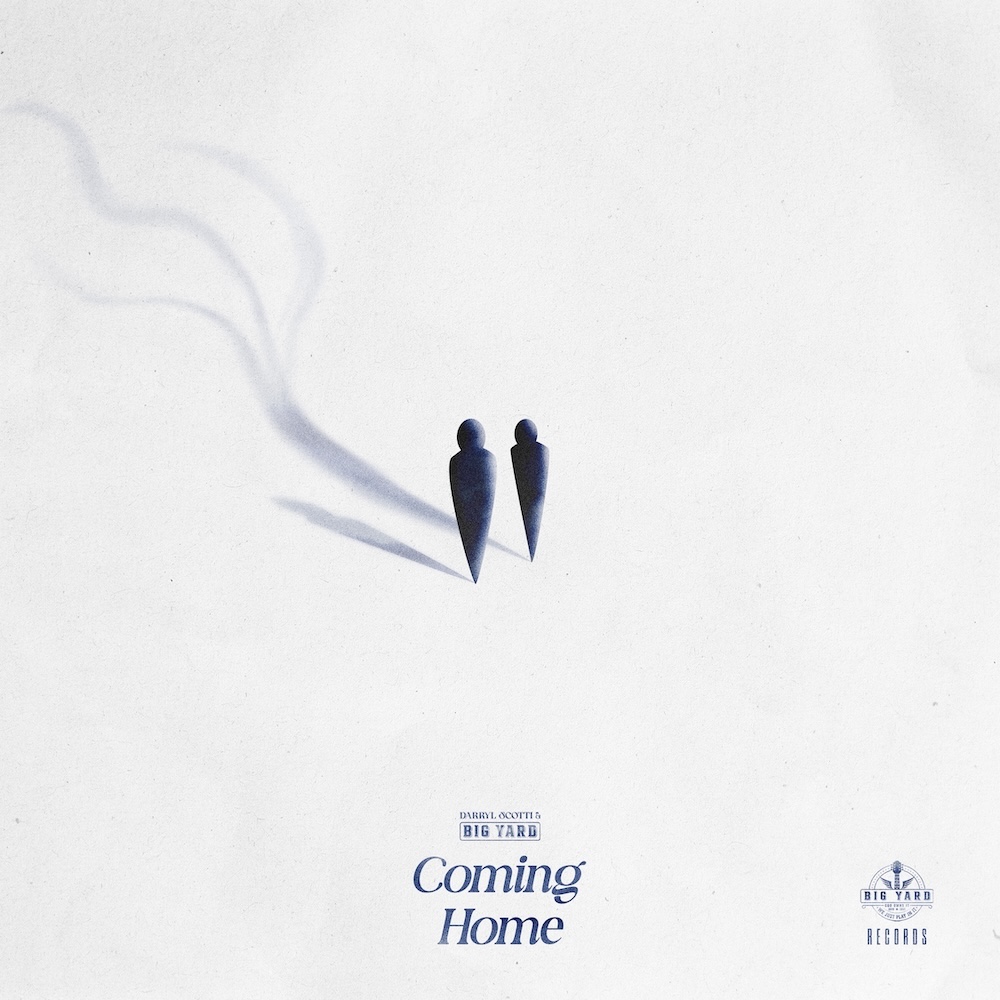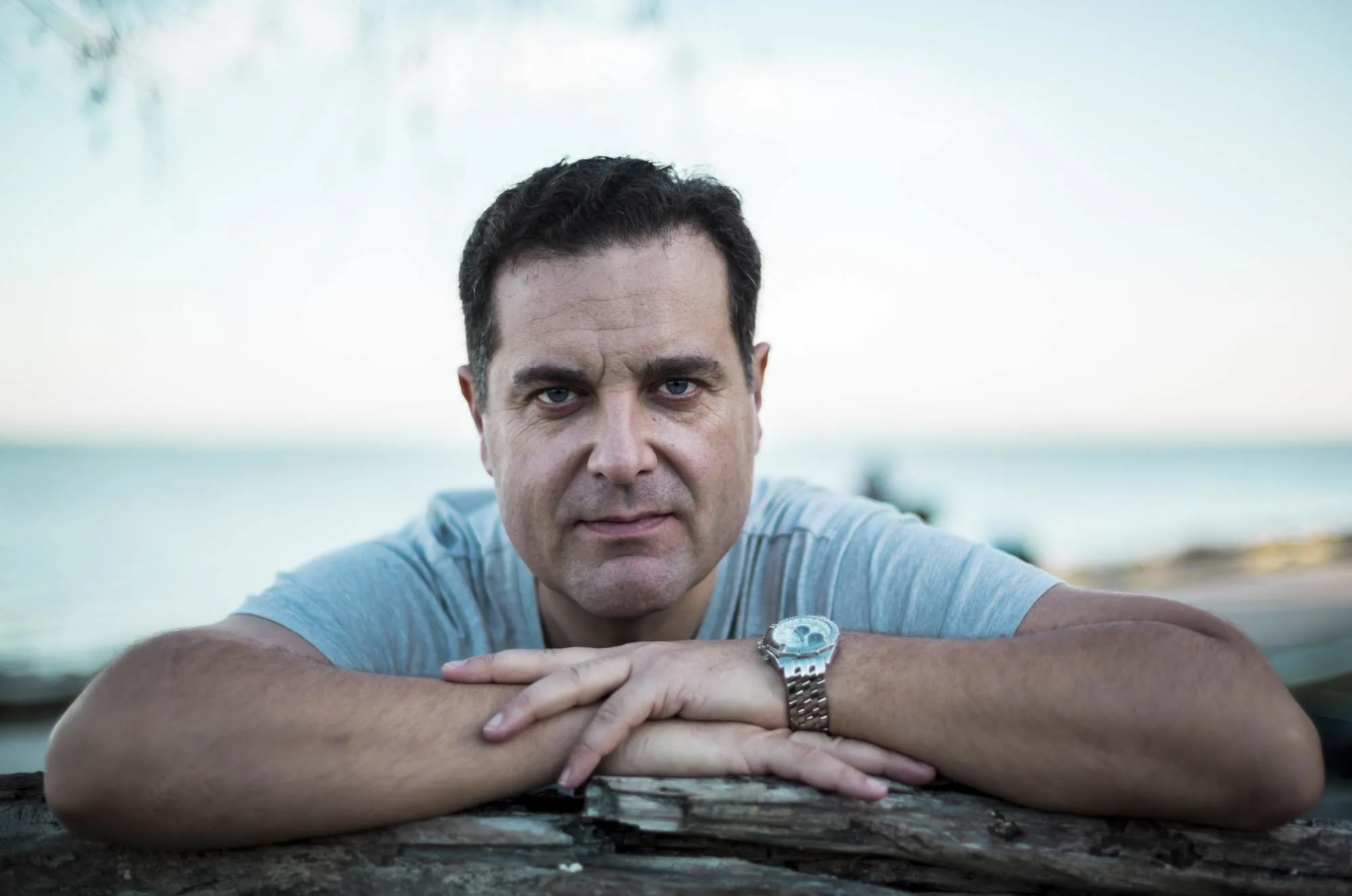In a sea of pop songs chasing hooks, trends, and streaming metrics, “Coming Home” by Darryl Scotti & Big Yard feels like a hand reaching across time. Slow, deliberate, emotionally rich—it’s a song that doesn’t rush. It needs to linger, unspool, settle into your bones.
Released recently, it’s already creating buzz from Big Yard’s channels. It’s positioned as a soulful Americana-Pop ballad, and that label is accurate—but it’s more than style. It’s an authenticity project: a musical telling of a son’s journey to reconcile with an aging father, with memory and regret shading the narrative.
Let’s take this song apart, feel its heart, and see what makes it resonate in 2025’s crowded music world.
Background & Musical Context
Darryl Scotti & Big Yard are not newcomers—Big Yard Nation is a collaborative platform founded by Scotti and others, intended to lift up independent creators and center originality and artist integrity. Big Yard Nation Their mission is about more than hits; it’s about community, craft, and giving voice.
In that light, “Coming Home” fits like a calling card. The song credits include Larry Antonino and Joey Gutos as co-writers, and they bring depth to the composition. On drums, Sergio Gonzales (of Pablo Cruise) adds a seasoned, measured percussive presence. That kind of name recognition gives the track credibility among aficionados who listen for interplay and texture as much as melody.
The song runs at about 78 BPM (a slow, contemplative pace), allowing space for emotional weight to land. That pace invites the listener to settle in, not skim.
What Works Amazingly
Here are the strengths I hear—points where “Coming Home” elevates itself from good to unforgettable:
1. Emotional Honesty at the Core
The narrative—between a son and his aging father—already gives the song built-in emotional stakes. But what’s impressive is how nothing feels forced or overwritten. The lyrics show memory, regret, longing, and hope without overdramatic flourishes. Instead, they lean on small details, pauses, and what’s left unsaid. That restraint is a marker of maturity in songwriting.
You hear lines that suggest distance (“I watched the seasons change from your window”) or absence (“you once held my hand but weather changed”)—moments that feel lived, not contrived.
2. Sparse but Intentional Arrangement
Because the tempo is slow, there’s no room for wasted notes or overproduction. Everything in “Coming Home” feels placed with intention:
- The drums by Sergio Gonzales are subtle but steady—never dominating, always serving the heartbeat.
- Guitar or acoustic texture gives space without overwhelming.
- Harmonic pads or keys add warmth and atmosphere, not synthetic gloss.
In that space, the vocal can breathe. That’s crucial in this kind of ballad.
3. Vocal Delivery & Nuance
Scotti’s voice carries both weariness and resolve. It can crack slightly in places, offering vulnerability. He doesn’t have to “force” emotion; the story does the weight. And in the quieter moments—whispering a line, letting it trail off—you sense the tension of memory.
The drama of “Coming Home” isn’t in shout; it’s in quiet. In resonance. That’s rare in a time when many try to get volume, not vulnerability.
4. Thematic Relevance & Timelessness
Songs about family, reconciliation, aging—these are motifs that never go out of style, because they live in human experience. In our era of fleeting content, “Coming Home” asks for patience and reflection. It asks listeners to look at legacy, mortality, love. That gives it depth.
Also, the pacing and style place it in a context that fans of Jackson Browne, Jason Isbell, or Springsteen would appreciate—rootsy, thoughtful, narrative-drive—not chasing trendy production tropes, but staking a claim in permanence.
A Personal Take
When I first played “Coming Home” in a quiet room, with the lights low, I found myself pulled in by the intro—those gentle chords, the space before the vocal. That pause (when nothing is played) is precious: it lets your own memories surface.
As the voice enters, I felt a strange mix of sadness and hope. It made me think of my own father, conversations unsaid, time slipping. There’s a moment near the bridge where the instrumentation swells just a notch, then pulls back sharply. That tug mirrors the music of memory—sometimes strong, sometimes faint, but always there.
When the song ends, it doesn’t feel “complete” in a cinematic way. It feels like a breathing space, like a chapter in life more than a showstopper. That’s exactly what a song about reconciliation should do: it doesn’t tie ends neatly—it opens doors.
In Today’s Landscape, Where “Coming Home” Matters
- Contrast to immediacy: In a world where listeners scroll fast, “Coming Home” demands patience. That boldness alone can make it stand out.
- Human story over gimmick: No gimmicks, no auto-tune stunts, no viral trick. Just a human heart and a story. That is increasingly rare—and precious.
- Cross-genre appeal: The Americana-Pop frame gives it accessibility to both folk/roots fans and pop audiences. It’s not niche in its feel; it’s wide enough to reach listeners who want meaning, not just beat.
- Potential for radio, playlists, emotional moments: This is a song suited for late-night, driving, reflection moments. It fits in “deep cut” playlists, Americana playlists, singer-songwriter rotations.
“Coming Home” is not just a new single—it’s a statement of values.
It’s proof that stories about home, aging, memory, and love are as relevant now as ever. It’s also a reminder: production, name features, and studio polish matter—but none of it replaces truth in song.
For fans of artists who write from the heart—Bruce Springsteen’s longing, Jackson Browne’s introspection, Jason Isbell’s haunted storytelling—“Coming Home” delivers. It’s a song to sit with, to let live in your day, to revisit when life’s chords change.
If you haven’t yet, give it a listen under quiet lights. Let the spaces talk. Because in music, what’s unsaid often carries the weight of what matters most.





